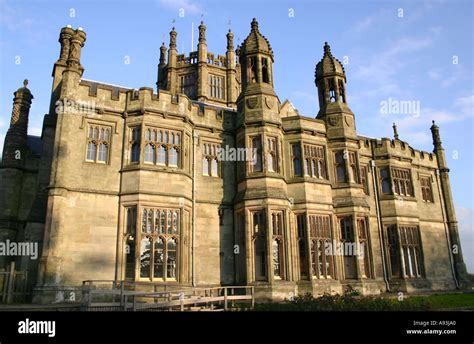tudor gothic - medieval to tudor style : 2024-11-02 tudor gothicIn the 19th century a free mix of late Gothic elements, Tudor, and Elizabethan were combined for public buildings, such as hotels and railway stations, as well as for residences. The . See more
tudor gothicThe best values in vintage steel mechanical 36mm Datejusts are those models from 1972 up to 1987. Going back to the 1960s brings lesser movements and higher prices. Going beyond 1988 brings the modern Datejust (including the Caliber 3235 still being used). The sweet spot for bargain vintage is from 1972 through 1987.
$2,800.00
tudor gothicInstitutionalEcclesiastical• The final stages of King's College Chapel, Cambridge (1446–1515)• St Peter and St Paul's Church, Lavenham, Suffolk (1485–1525) See more• Airs, Malcolm, The Buildings of Britain, A Guide and Gazetteer, Tudor and Jacobean, 1982, Barrie & Jenkins (London), See moreUpper classesBuildings constructed by the wealthy or royal had these common characteristics:• An E- or H-shaped floor plan• See more
tudor gothicIn the 19th century a free mix of late Gothic elements, Tudor, and Elizabethan were combined for public buildings, such as hotels and railway stations, as well as for residences. The . See moremedieval to tudor style• www.tudor-buildings.co.uk See moreTudor style, type of British architecture, mainly domestic, that grafted Renaissance decorative elements onto the Perpendicular Gothic style . Tudor Gothic: This term refers to the early Tudor period (beginning in 1485), which included medieval Gothic influences, such as .Although the Gothic style remained popular in Britain well into the Renaissance and Baroque periods, by the end of the 16th century, it had subsided completely in the wake of classicism. While domestic and palace architecture changed rapidly according to contemporary taste, few notable churches were constructed after the Reformation; instead, old gothic buildings were retained and adapted .

GOTHIC TO RENAISSANCE. Some of the finest examples of Perpendicular Gothic – particularly Henry VII’s chapel in Westminster Abbey – belong to the early Tudor period. By the early decades of the . Gothic architecture, which began in the 12th century and dominated European architecture until the 16th century, left its mark on Tudor buildings with its .
The East-West bag with chain enhances the 30 Montaigne line with a timeless and .
tudor gothic